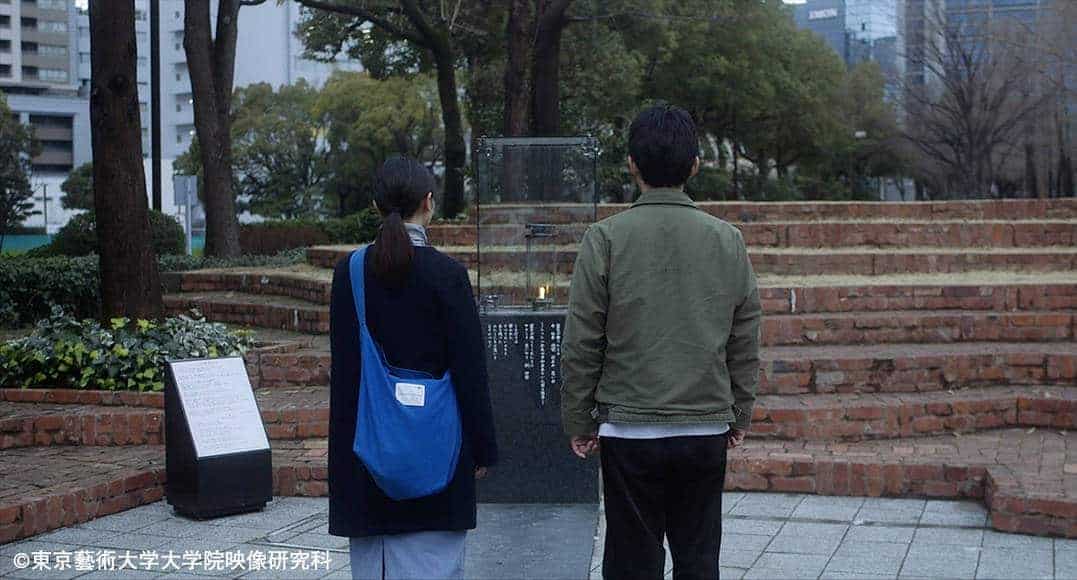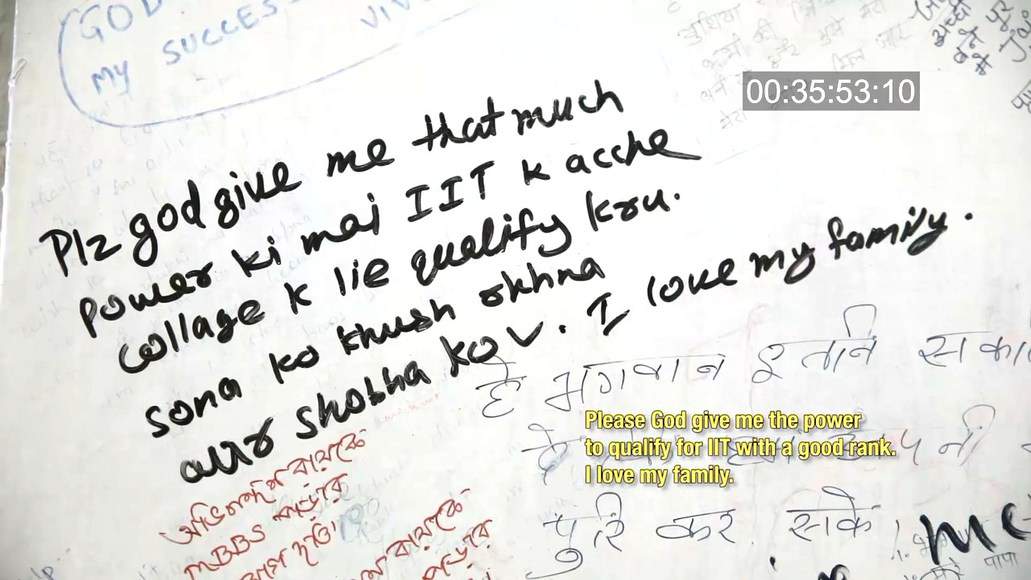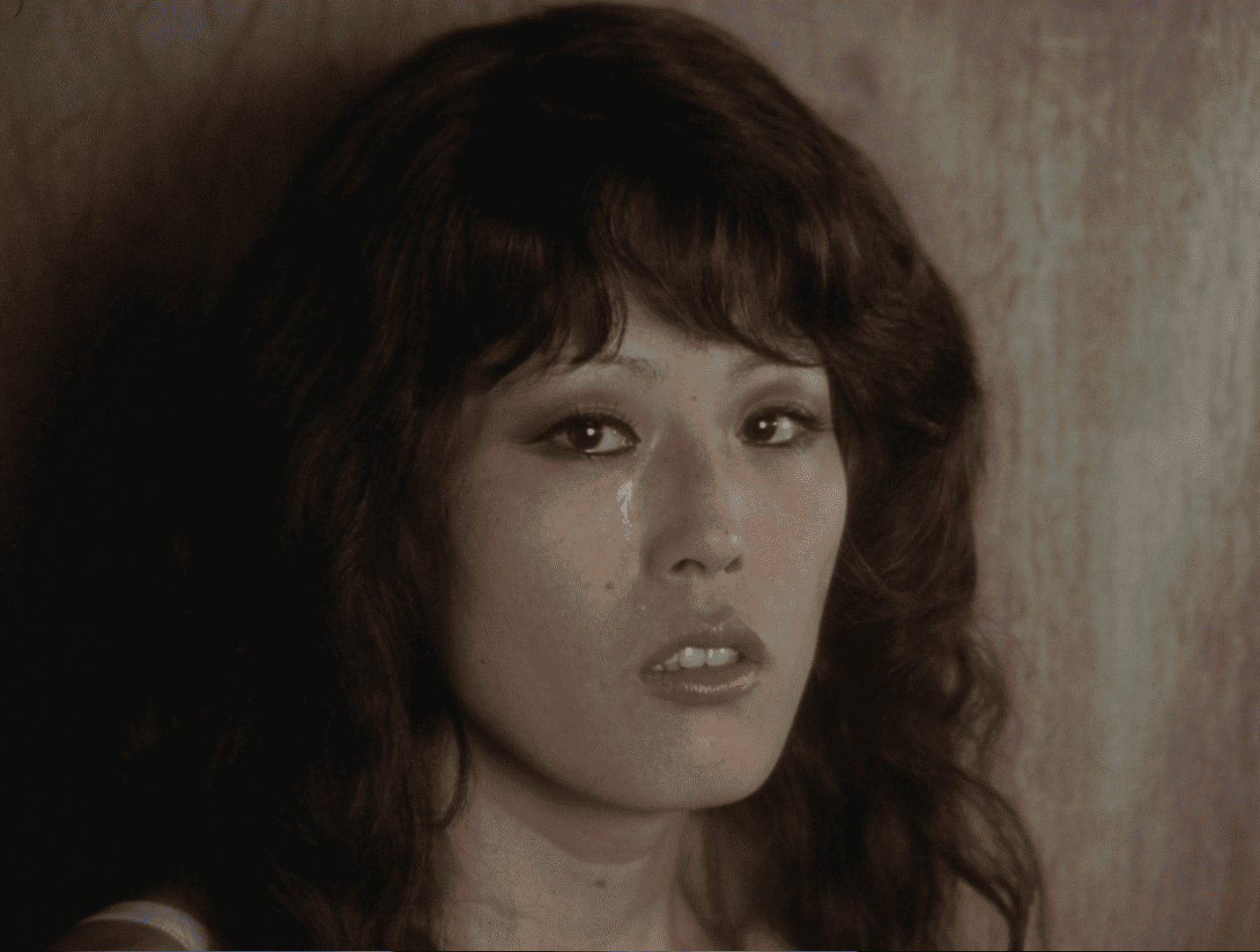As I have mentioned many times before, the quality of Japanese productions is always pretty decent, even when in the case of the few-minute shorts. “Everything in Its Right Place” is another film that provides the testament to the fact.
“Everything in Its Right Place” review is part of the Submit Your Film Initiative

After serving ten years in prison for accidentally killing their gambling, addicted, alcoholic father, Kenji learns that his younger brother, Keita is still working for a loan shark as an enforcer, in order to pay back their dead father's debt, as the rather intense introductory scene highlights. The setting then is transferred to a bar-restaurant, where, in a rather noir atmosphere, the two brothers do some explaining to each other while eating. Unfortunately for everyone involved, two young men are about to rob the establishment, although the reaction of the two brothers is not what anyone would have expected. The last scene takes place in the office of Keita's boss, Otomo, as danger and eventually despair take over.
The first thing one will notice in the movie is the impeccable cinematography by Mikael Senninge, with the framing, the lighting and the coloring all being top notch, in all the different segments of the film, through a noir approach that fits the general aesthetics to perfection.
Furthermore, the comments about how difficult it is for the cycle of violence to close once it is opened, and how the “sins” of the parents torment their children are eloquently portrayed, with the last phrase uttered in the short highlighting this last aspect to an additional level. The transition of the psychology of the two protagonists is also well depicted, as the awkwardness turns to anger, to cheerfulness, to laughter, to drama and eventually despair rather eloquently, also benefiting the most by the acting, with Keita Arai as Kenji and Keita Jimmy Hara as Keita being very convincing. The one who steals the show, however, is Masashi Oka as Otomo, who emits danger from every phrase uttered and every movement taken, in an excellent presentation of the role of the “noble villain”.

The writing, on the other hand, has some issues, particularly since the short format (19 minutes) does not seem the ideal one to fit all the ideas Williy Lau had, to the point that the end result seems a bit rushed, and even forced through the combination of the otherwise quite fitting music.
In that fashion, “Everything in Its Right Place” emerges as an interesting and quite well-shot film, which would be much better, though, if it was a feature. Hopefully, we will see something like that soon from Lau, who definitely seems to have what it takes to come up with a great crime drama.















